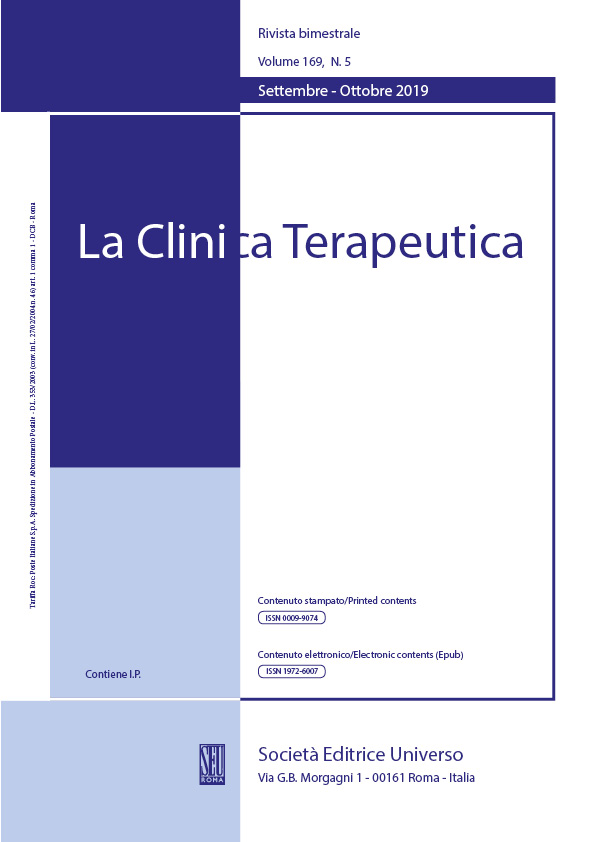Abstract
Objective
Doctor-patient relationship is a very important variable in the oncological clinical consultation.
Methods
We have analyzed 100 outpatients oncological visits (first visits and follow up visits). We conducted an observational study of the extra verbal communication (non-verbal and para–verbal) with a structured observation grid. We have analyzed the three stages of the visit: 1. Patient's admission, 2. Communication flows and 3. Information exchange between doctor and patient.
Results
In the first visit doctor introduce himself (85%). In the follow-up visit the doctor has received the patient with a handshake (86%) while in the first examination in 100%. In the follow-up visit the short phase of pleasantries was present in 61% of cases, while in the first examination in 45% of cases. Doctor drawn an outline, a design or wrote a note in 45% of first examination and 25% of the follow up.
Conclusion
Extra verbal communication is more important than the verbal. We suggest useful tips on what “do not” and what “do better” during clinical consultations.
Practice Implications
Against what it is often believed eye contact is not always necessary or useful in establishing a good doctor-patient relationship it depends on the patient’s preferred representational system.
